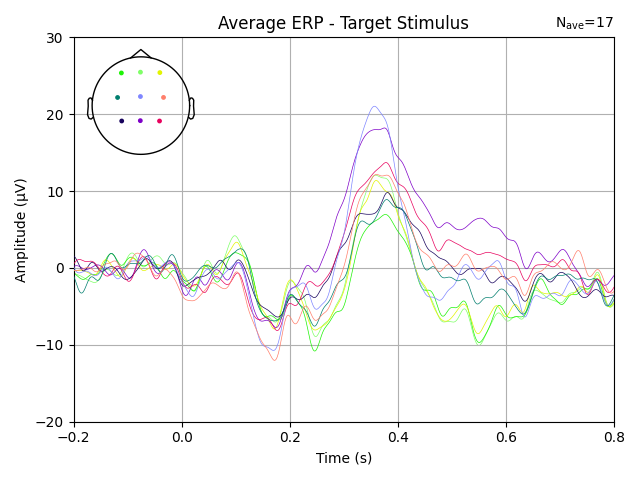
Types of EEG Electrodes: Gel, Water, and Dry
Explaining the differences, advantages, and disadvantages of various EEG electrode types: Gel, Water, and Dry.

Multimodal Measurement: Integration of EEG & fNIRS
The integration of EEG and fNIRS combines the strengths of both techniques, capturing electrical activity and hemodynamic responses for a deeper understanding of brain function. This multimodal approach enhances research in areas like brain-computer interfaces, hyperscanning, and clinical studies, offering high temporal and spatial resolution in a non-invasive, portable setup.

Hyperscanning to Investigate Human Social Interactions
Hyperscanning is an innovative technique that allows researchers to simultaneously record and analyze the brain activity of multiple individuals during social interactions. By utilizing methods such as EEG, fMRI, and fNIRS, hyperscanning provides insights into the neural mechanisms underlying cooperative and competitive behaviors. This approach enhances our understanding of how brains communicate during shared activities, offering valuable perspectives in fields like neuroscience, psychology, and social sciences.

Unipolar vs. Bipolar EEG Measurement
In the field of electrophysiological measurements, we distinguish two types of measurement principles: the bipolar and the unipolar measurement principle. Here we will explain the difference between the principles as well as the different unipolar measurements that exist.

Event-Related Potentials in EEG
ERP is the neural response associated with a specific sensory, cognitive, or motor event (e.g. a stimulus). An ERP is often recorded using scalp electroencephalography (EEG) and looks at the average change in voltage over time starting at the onset of the stimulus over multiple trials. ERP measurements have a precise temporal resolution, which is useful in testing perception and attention.1 This information can be used to evaluate brain functioning by looking at how the brain normally processes information, as well as viewing how this processing may differ in neurological or psychiatric disorders.

What is the P300 in Event-Related Potentials (ERPs)?
This blog describes what the P300 is and how you can detect it. It includes a practical example of how a P300 response was measured using TMSi's SAGA, including the experimental protocol, a sample dataset, and all acquisition and processing codes. At the end of this blog, you will be able to download this sample data set and run through the scripts to view the P300 yourself.

What is Neurofeedback?
Neurofeedback is a method that uses real-time brain activity to provide individuals with feedback on their brain function. Brain activity is often measured with electroencephalography (EEG). The goal of neurofeedback is to help individuals gain more control over their brain function. In this process, the user is provided with positive feedback for desirable brain activity and negative feedback for undesirable brain activity. This feedback mechanism is hypothesized to enable users to train and regulate their brain activity over time.
